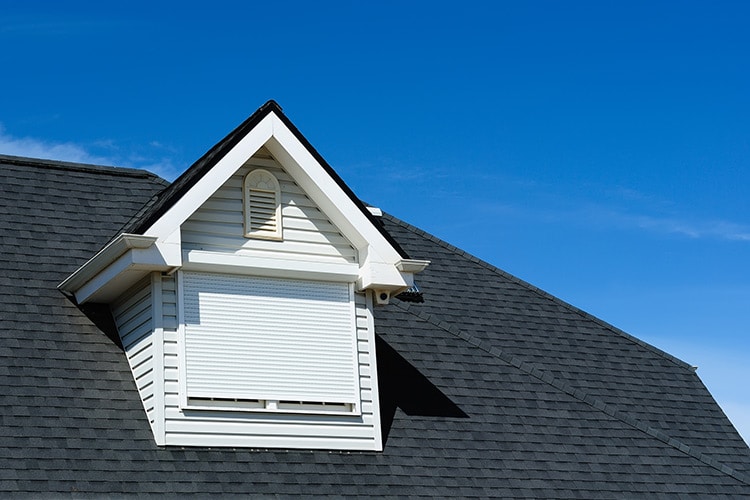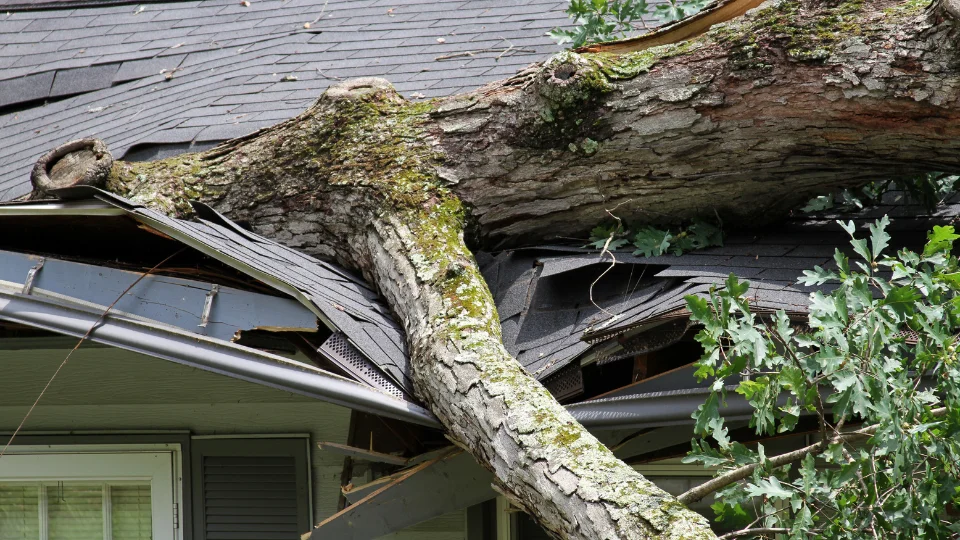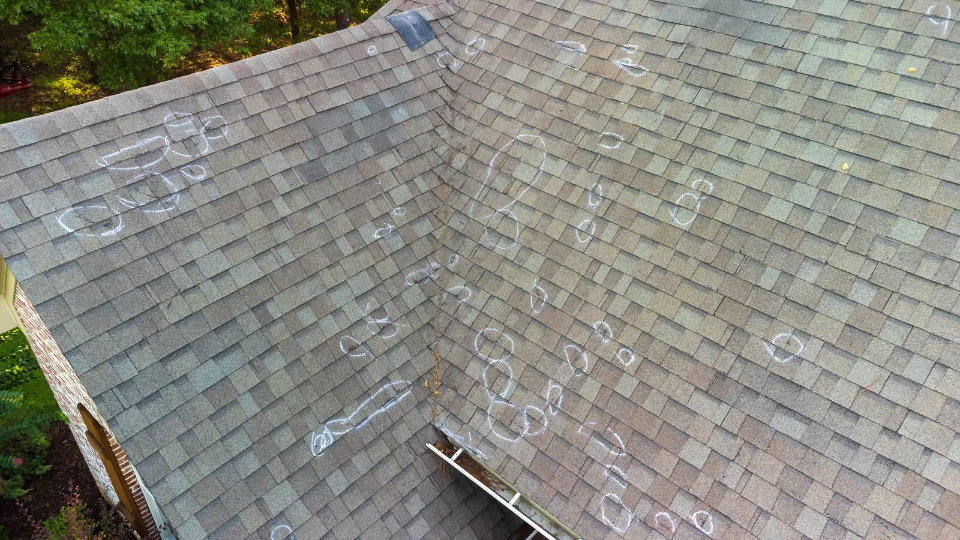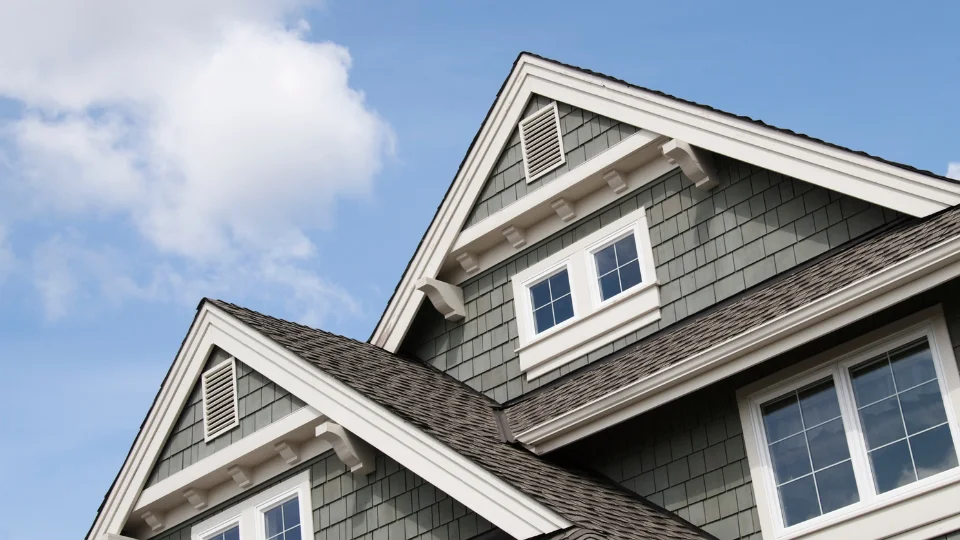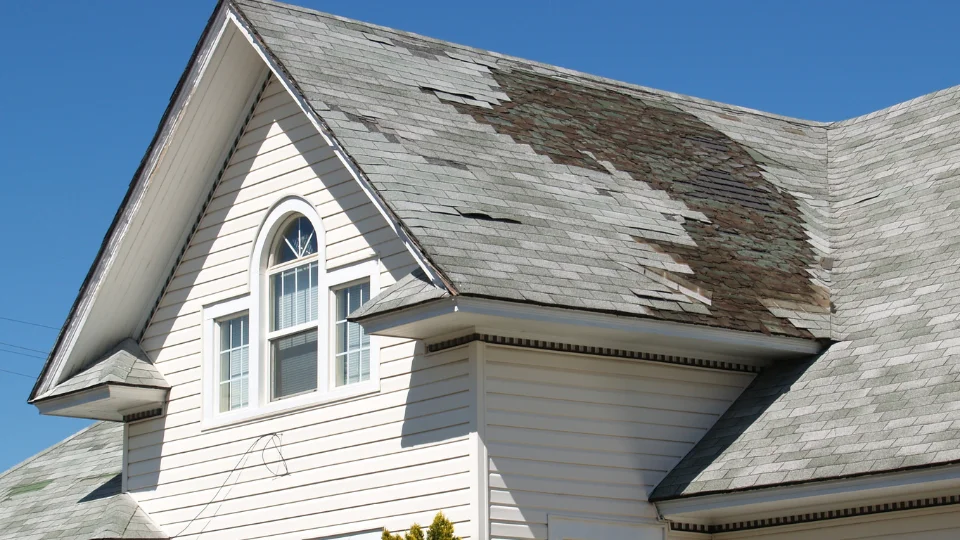Roof renovations are in high demand. That’s because they protect a home’s interior, play a big role in insulation, and can boost curb appeal. In fact, some experts suggest roof construction can bring in a 75 percent return on investment.
But smart homeowners will get the most out of their roofs. And that means adding proper attic ventilation.
Wondering what an attic vent is, and why they’re important?
We’ve outlined the ins and outs of roof ventilation. Read on for a guide to roof ventilation and why it’s crucial for proper home care.
What is Attic Ventilation?
Attic ventilation is a way to create good airflow through the attic and roof. It works by letting air roll through open places in the roof. This helps clear out hot, wet, air from living spaces.
By fixing the airflow, homeowners can control the amount of humid air in their house. That can help regulate the temperature throughout the year.
In the summer, hot air naturally gathers in the attic. Proper ventilation can help push that air outside.
How Do Roof Vents Work?
The best roof vents use the right number of intakes and exhausts in all the right places.
Intake vents are usually narrow slits that pull air from outside into the attic. At the same time, exhausts provide an escape route for warm air.
The combination of these two tools can help manage heat caused by the greenhouse effect. And the hot air that collects in high levels of homes can cause big problems.
Here are some problems roof vents can protect homes against.
Ice Dams
If moist air collects in the attic, it can easily create spots that melt rapidly. This can lead to big problems when there’s a big collection of ice and snow. That’s because it can cause large ice dams to slide in clusters.
This can weigh heavily on a roof’s eaves and gutters. Ice dams can cause severe damage or increase the chance of roof leaks.
An attic vent can even out the airflow and protect against these frozen hazards.
High Energy Costs
Improper airflow can easily lead to higher energy costs. Those costs can add up fast.
Attic vents help the homeowner control the flow of hot and cold air. That means a home can be better insulated in the winter and can save on air conditioning in the summer.
Mold and Water Damage
As seasons cool down, hot air from activity inside the house rise. When it hits the cool air in the attic, the water turns into wet condensation. This can lead to water collection.
Without proper ventilation, that condensation can cause mold to grow. And that can turn into health problems for homeowners.
This extra moisture can also turn into wall sweating and costly water damage.
More in Attic Vent Additions
This guide to attic ventilation should help homeowners see why proper airflow matters. And we can help homeowners know what types of roof vents will work best for their homes.
Contact us by calling 443-214-2533 or emailing artie@landmark-roofing.net for roofing advice from our team of experts.

